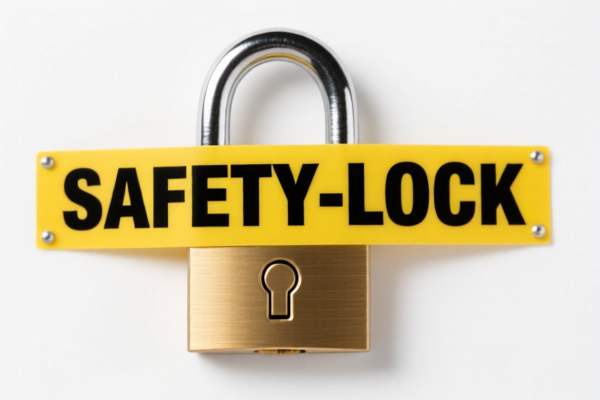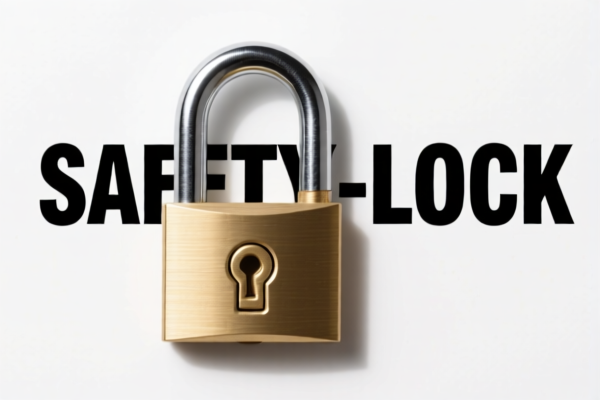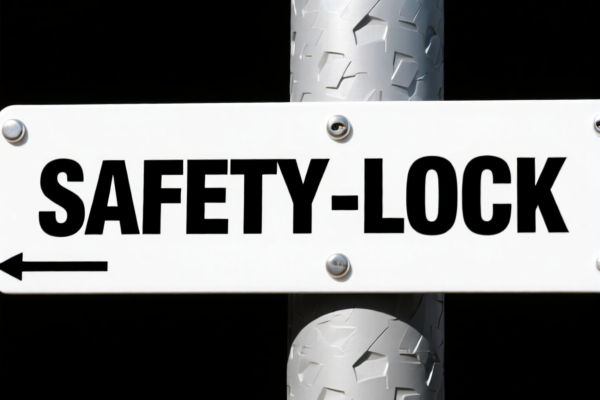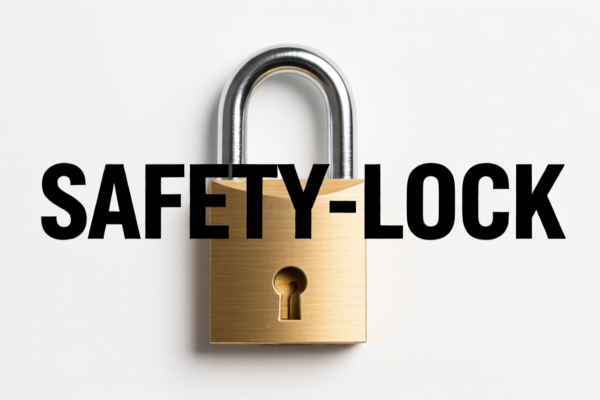| HS Code | Official Doc | Tariff Rate | Origin | Destination | Effective Date |
|---|---|---|---|---|---|
| 8308906000 | Doc | 58.9% | CN | US | 2025-05-12 |
| 3926908500 | Doc | 44.0% | CN | US | 2025-05-12 |
| 8487900080 | Doc | 83.9% | CN | US | 2025-05-12 |
| 6217909075 | Doc | 52.1% | CN | US | 2025-05-12 |
| 6217909080 | Doc | 52.1% | CN | US | 2025-05-12 |
| 6217909085 | Doc | 52.1% | CN | US | 2025-05-12 |




Okay, let's break down the HS codes you've provided for "SAFETY BUCKLE" and discuss the implications for customs clearance. I'll provide a structured analysis, focusing on what each code means and potential considerations.
Understanding HS Codes: A Quick Primer
HS codes (Harmonized System codes) are internationally standardized codes used to classify traded products. The first 6 digits are generally consistent worldwide, while additional digits are used for more specific categorization at the country level. Here's how to read them:
- Chapter (First 2 digits): Broad category of the product.
- Heading (Next 2 digits): More specific grouping within the chapter.
- Subheading (Next 2 digits): Further refinement of the product.
- Additional Digits: Country-specific details.
Analysis of Your HS Codes
Here's a breakdown of each code, with potential implications:
1. 8308.90.60.00 – Clasps, Buckles (Base Metal, Clothing/Accessory Use)
- Chapter 83: Base metal articles; clasps, frames with clasps, buckles, buckle-clasps, hooks, eyes, eyelets and the like.
- Heading 83.08: Clasps, frames with clasps, buckles, buckle-clasps, hooks, eyes, eyelets and the like, of base metal.
- Subheading 8308.90: Other (including parts).
- 8308.90.60.00: Buckles and buckle clasps, and parts thereof.
- Tax: Base Duty 3.9%, Additional Duty 25%, Total 58.9% (Additional Duty increases to 30% after April 2, 2025).
- Implication: This is a common code for basic buckles used on clothing, bags, or accessories. Important: The "base metal" composition is crucial. What metal is it made of? (e.g., iron, steel, aluminum, zinc alloy). This will affect the final duty rate.
2. 3926.90.85.00 – Fasteners (Plastic)
- Chapter 39: Plastics and articles thereof.
- Heading 39.26: Other articles of plastics and articles of other materials.
- Subheading 3926.90: Other.
- 3926.90.85.00: Fasteners, in clips suitable for use in a mechanical attaching device.
- Tax: Base Duty 6.5%, Additional Duty 7.5%, Total 44.0% (Additional Duty increases to 30% after April 2, 2025).
- Implication: This code applies if the buckle is made of plastic. The description "suitable for mechanical attaching device" suggests it's a functional fastener, not just a decorative element.
3. 8487.90.00.80 – Machinery Parts (Not Electrical)
- Chapter 84: Nuclear reactors, boilers, machinery and mechanical appliances.
- Heading 84.87: Machinery parts, not containing electrical connectors, insulators, coils, contacts or other electrical features.
- Subheading 84.87.90: Other.
- 84.87.90.00.80: Other Other.
- Tax: Base Duty 3.9%, Additional Duty 25%, Total 83.9% (Additional Duty increases to 30% after April 2, 2025, and steel/aluminum products have a 25% additional duty).
- Implication: This is a less common code for buckles, but could apply if the buckle is a complex part of a larger mechanism (e.g., a specialized locking buckle for industrial equipment). Important: The material (steel, aluminum) is critical here, as it impacts the duty rate.
4-6. 6217.90.90.75/80/85 – Parts of Clothing Accessories (Cotton/Wool/Man-Made Fibers)
- Chapter 62: Articles of apparel and clothing accessories, knitted or crocheted.
- Heading 62.17: Other made up clothing accessories; parts of garments or of clothing accessories.
- Subheading 6217.90: Parts.
- 6217.90.90.75/80/85: Other Other (Cotton/Wool/Man-Made Fibers).
- Tax: Base Duty 14.6%, Additional Duty 7.5%, Total 52.1% (Additional Duty increases to 30% after April 2, 2025).
- Implication: These codes apply if the buckle is a component specifically designed for clothing or clothing accessories and is made of cotton, wool, or man-made fibers.
Recommendations & Key Considerations
- Material Composition: Crucially, determine the exact material of your buckles. This is the biggest factor in determining the correct HS code and duty rate. Provide a material specification sheet if possible.
- Functionality: Is the buckle a simple fastener, a part of a larger mechanism, or a clothing accessory component?
- End Use: What is the final application of the buckle? (e.g., clothing, bags, industrial equipment).
- April 2, 2025 Duty Changes: Be aware of the upcoming changes in additional duties.
- Certifications: Depending on the end use, you may need certifications (e.g., for textile content, safety standards).
- Single Invoice: If you are importing multiple types of buckles, ensure your invoice clearly specifies the material and function of each type.
- Consult with a Customs Broker: I highly recommend consulting with a licensed customs broker in China. They can provide definitive guidance based on your specific product and import requirements.
Disclaimer: I am an AI assistant and cannot provide legal or financial advice. This information is for general guidance only. Always consult with qualified professionals for specific import/export regulations.
Customer Reviews
No reviews yet.